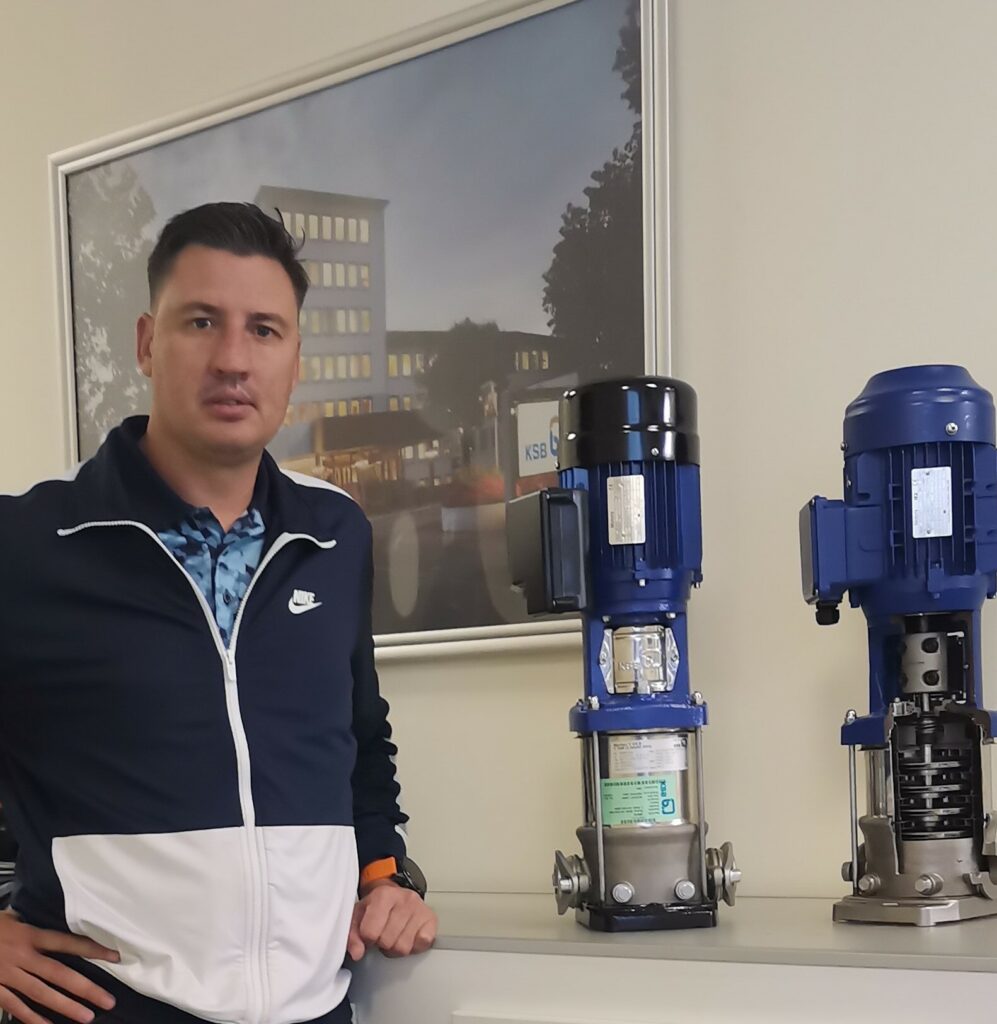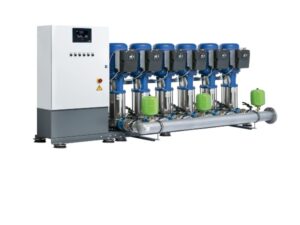A ready-to-connect pressure booster system with the ability to assist municipalities struggling with water reticulation has been introduced to the South African market by pump manufacturer, KSB Pumps and Valves.

The SVP version is fitted with high-efficiency IE5 synchronous reluctance motors of the Supreme type series and the PumpDrive variable speed system. The F and VC variants are equipped with IE3 motors.
The first pump is started by a pressure drop in the piping when a consumer installation is opened. While the pressure booster system is in operation, the microprocessor control unit starts and stops the pumps in line with demand. “When water consumption stops, all pumps are ramped down one after the other once the stop pressure has been reached. This ensures that the individual pumps operate only in line with actual demand. If a pump has not been operated for over 24 hours, the microprocessor control unit initiates a test run for this pump. Should lack of water occur in the inlet, the system stops automatically to prevent damage caused by dry running,” says Wessels. Simple installation He adds that the factory assembles and tests all systems prior to sending them out, so all operators have their units delivered ready-to-connect. This makes commissioning easy and fast for the service personnel. Thanks to shut-off valves downstream and upstream of each pump, replacing a pump does not require the piping to be drained beforehand. All parts in contact with the fluid handled are made of stainless steel or brass. Additionally, the sealing elements are made of EPDM that has been approved for drinking water, ensuring corrosion resistance and a long service life.







